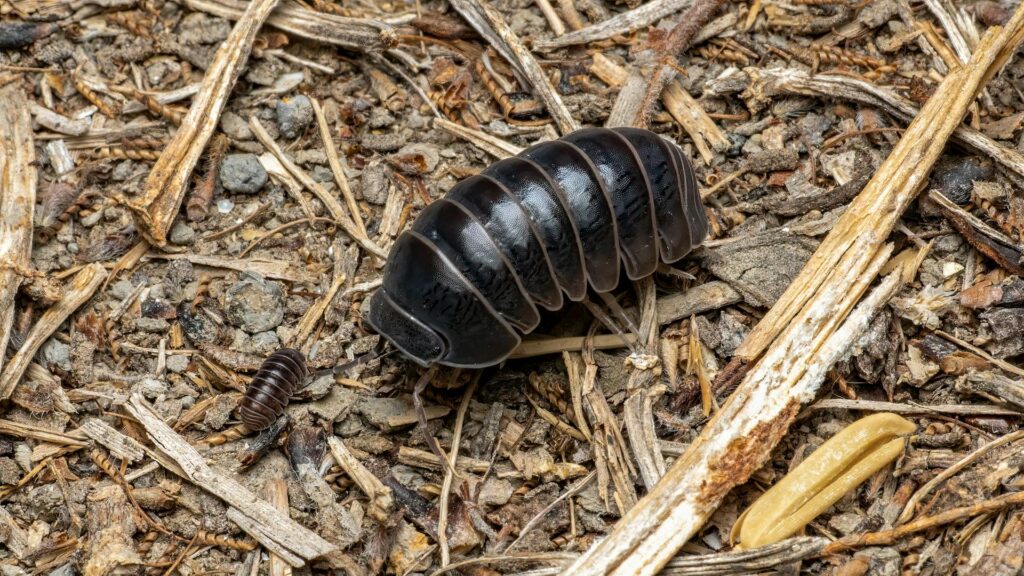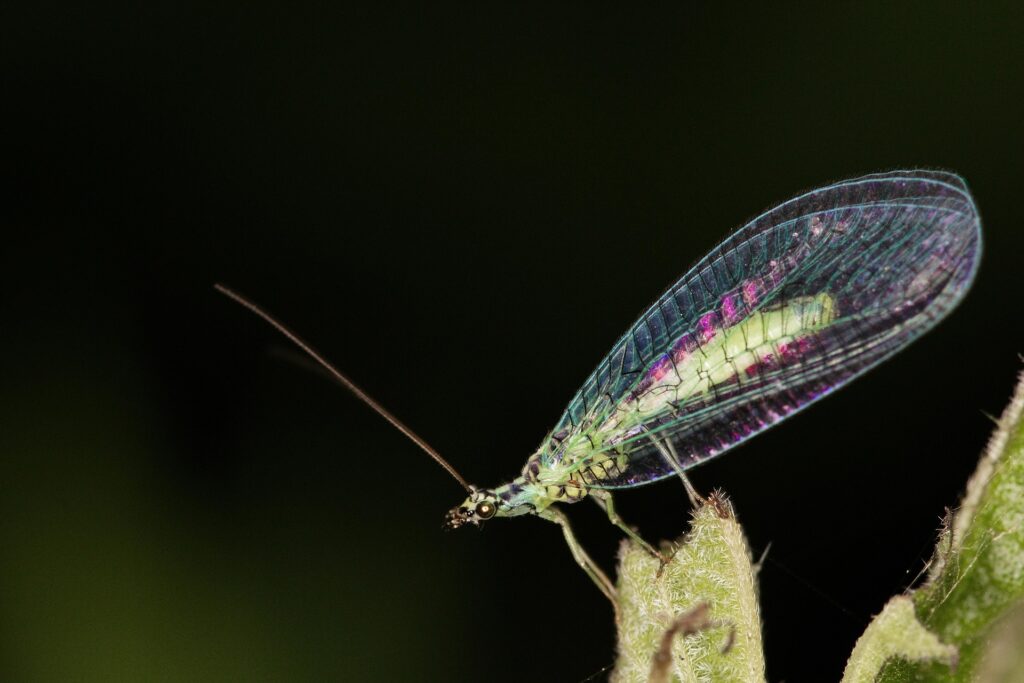You discover small brown insects in your stored grains and immediately wonder whether you’re dealing with weevils, beetles, or some other pantry pest that requires different management approaches. This identification challenge is common among homeowners because weevils are actually a specialized subfamily of beetles, sharing many characteristics while possessing unique features that determine their behavior, feeding preferences, and control requirements.
Understanding the taxonomic relationships and distinguishing characteristics between weevils and other stored product beetles enables accurate species identification that guides targeted treatment strategies and prevention measures.
What Makes a Weevil Unique?
Weevils represent a highly specialized group within the beetle order Coleoptera, demonstrating unique evolutionary adaptations that distinguish them from other beetle families commonly found in stored products.
- Family classification: Weevils belong primarily to the family Curculionidae (true weevils) and Brentidae (primitive weevils), representing the largest family in the animal kingdom with over 83,000 described species worldwide.
- Evolutionary specialization: Weevil evolution has been driven by co-evolution with flowering plants, resulting in highly specialized feeding apparatus and reproductive strategies that differ significantly from generalist beetle species.
- Morphological convergence: While sharing basic beetle characteristics including complete metamorphosis and hardened wing covers (elytra), weevils have developed distinct anatomical features that reflect their specialized ecological niche.
- Ecological differentiation: Weevil species demonstrate extreme host plant specificity, with many species adapted to feed on single plant species or genera, contrasting with the broader dietary ranges typical of other stored product beetles.
What About Beetles?
Several beetle families commonly infest stored products, each demonstrating distinct characteristics that enable differentiation from weevils and appropriate treatment selection.
- Dermestidae (dermestid beetles): These beetles possess clubbed antennae and oval bodies covered with scales or hairs, feeding primarily on animal products including dried meats, pet food, and natural fiber textiles.
- Ptinidae (spider beetles): Spider beetles demonstrate globular bodies with long legs and antennae, resembling small spiders in movement patterns while feeding on diverse organic materials including grains, spices, and dead insects.
- Tenebrionidae (darkling beetles): This family includes flour beetles and meal worms characterized by hardened bodies, straight antennae, and generalist feeding habits that enable exploitation of various stored grain products.
- Anobiidae (drugstore beetles): These beetles feature cylindrical bodies with the ability to feed on extremely diverse materials including pharmaceuticals, spices, and even toxic plant materials.
Spotting the Differences
Reliable weevil identification depends on systematic examination of specific morphological characteristics that distinguish them from other beetle families.
Rostrums
The elongated rostrum represents the most diagnostic feature for weevil identification, serving both feeding and reproductive functions unique among stored product pests.
Weevil rostra vary significantly in length and shape depending on species and host plant relationships, ranging from short, broad structures in grain weevils to extremely elongated, curved appendages in acorn weevils. The rostrum contains specialized mandibles at its tip that enable precise boring into plant tissues.
Many weevil species demonstrate sexual dimorphism in rostrum length and shape, with females typically possessing longer, more slender rostra adapted for precise egg placement within host materials.
The rostrum enables weevils to access food sources unavailable to other beetles, including interior seed tissues, flower parts, and woody plant materials that require penetrating feeding strategies.
Antennae
Weevil antennae demonstrate distinctive morphological characteristics that aid in species identification and reflect specialized sensory requirements.
Weevil antennae typically feature elbowed (geniculate) structure with distinct scape, funicle, and club segments, contrasting with the straight or gradually curved antennae of most other stored product beetles.
Antennal clubs contain specialized chemoreceptors that enable detection of host plant volatiles and pheromones essential for feeding site location and mate recognition.
Different weevil species exhibit varying antennal club shapes and segment numbers that provide additional identification criteria for expert determination.
Why It Matters
Accurate species identification enables selection of appropriate control methods that address unique biological characteristics and behavior patterns of different pest groups.
Weevil control challenges: Internal larval development protects weevils from many conventional treatments while requiring strategies that address both adult and developing populations within infested materials.
Fumigation requirements: Severe weevil infestations often require fumigation treatments that penetrate grain masses and eliminate internal populations, while surface treatments may prove ineffective. Due to the nature of this method, it’s recommended to engage a professional pest control service, to make sure things are being applied safely and effectively.
Prevention strategies: Weevil prevention focuses on exclusion from whole grains and seeds through proper storage techniques, while other beetles may require broader sanitation and environmental management approaches.
Treatment timing considerations: Understanding development timing enables optimal treatment application when populations are most vulnerable while minimizing resistance development risks.
Do You Need Pest Control?
When weevil vs. beetle identification remains uncertain despite examination efforts, Aptive’s pest control experts provide the comprehensive solutions necessary for lasting results. Our pest control service perform detailed assessments to identify specific pest species, feeding patterns, and environmental conditions driving continued infestations throughout your storage areas.
If you’re uncertain whether you’re dealing with weevils or other stored product beetles, experiencing mixed infestations with multiple species, or need professional identification of mysterious pantry pests, contact Aptive today for a free quote.









